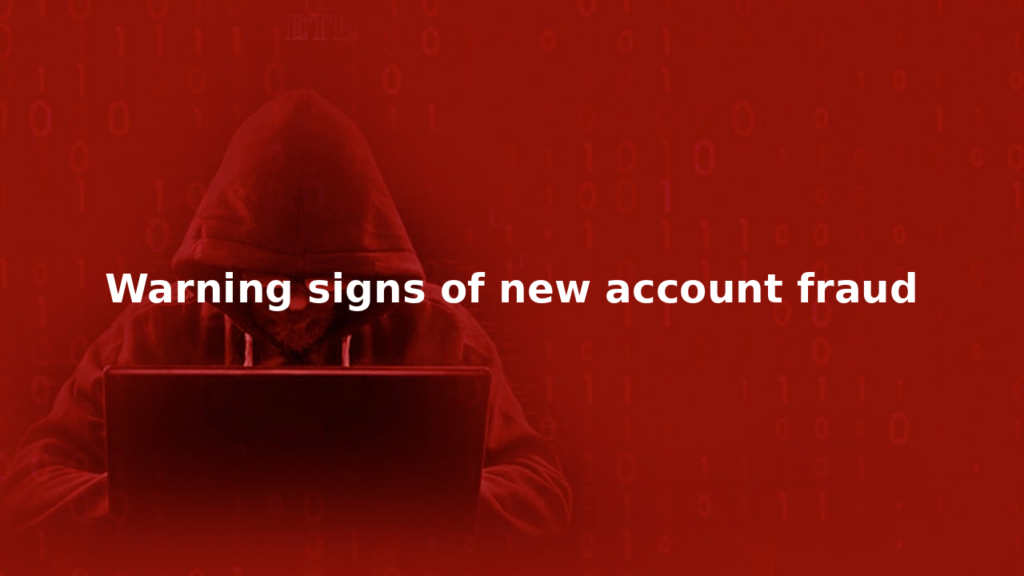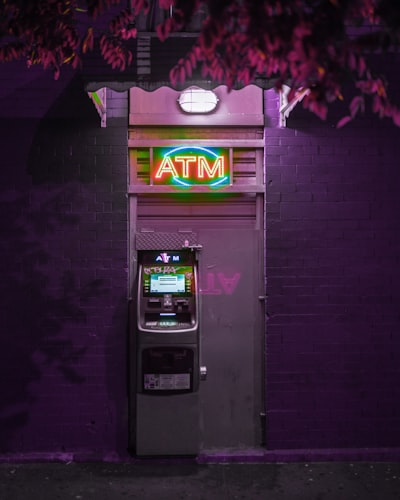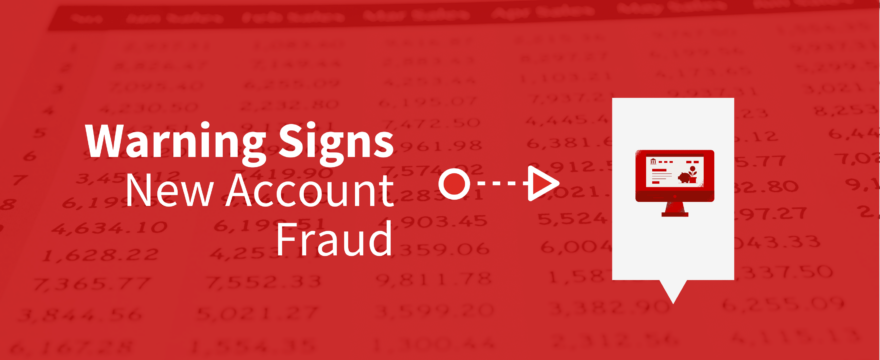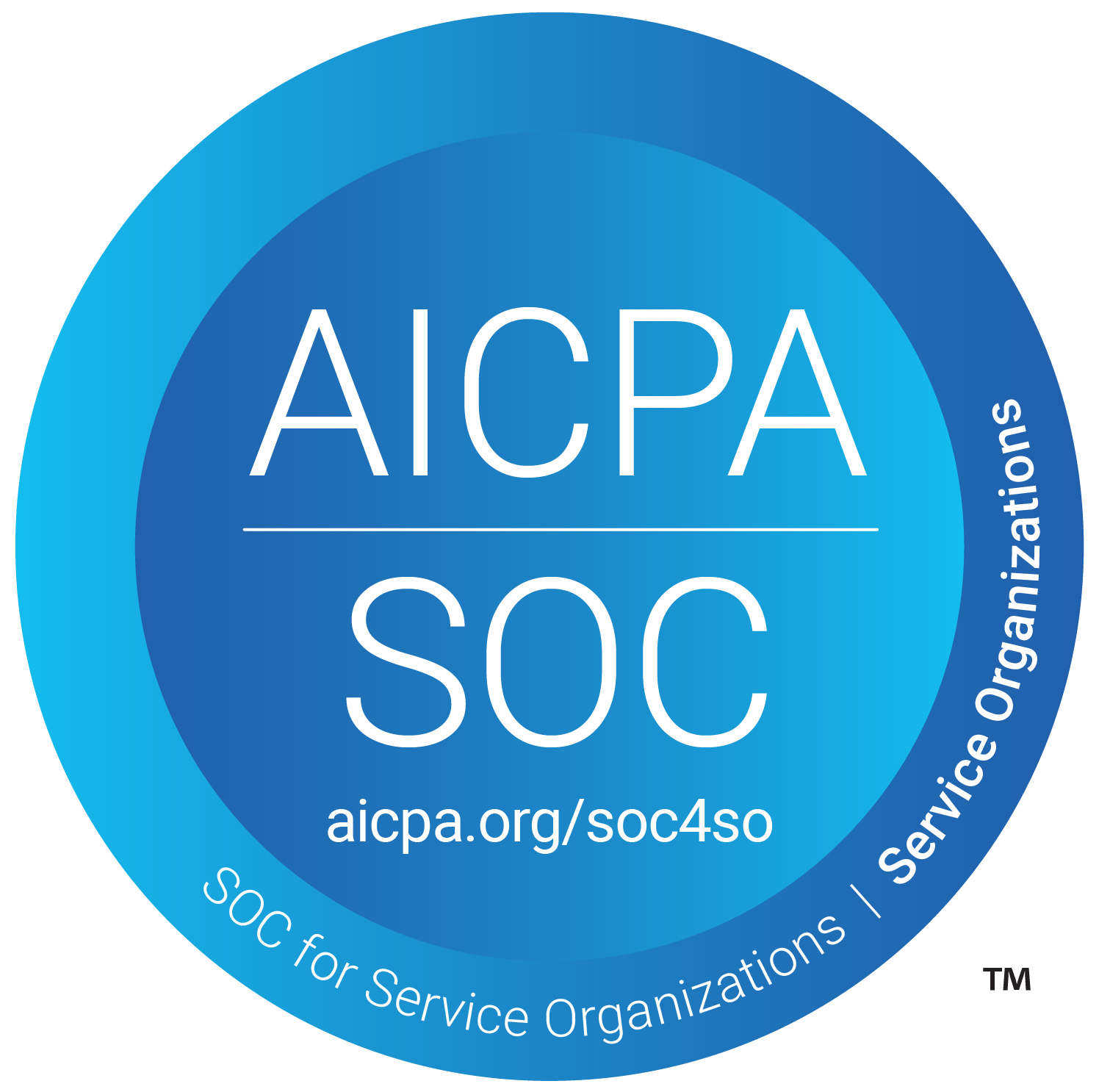In the world of deposit fraud, new account fraud is a frequent flyer because without an established history it can be easier for new account holders to sneak through. Fraudsters use existing people’s information to open new accounts and attempt it at scale, either manually or using bots.
Teaching your staff how to spot potentially fraudulent new accounts is a great way to get ahead of this popular scam.
For 2023, there’s a noteworthy statistic that underscores the importance of vigilance against new account fraud for financial institutions.
According to a report from Javelin Strategy & Research, businesses faced an estimated $20 billion in losses due to new account fraud in 2022. This substantial financial impact highlights the ongoing risk and emphasizes the need for advanced security measures to protect against such fraud (DataDome).
Furthermore, the broader context of financial crime also indicates a rising concern. A global survey involving executives highlighted an expectation of an increase in financial crime threats, with many organizations planning to enhance their technology to better manage these risks (Kroll).
Given these insights, it’s evident that new account fraud and other forms of financial crime remain significant threats that require attention and action from financial institutions to safeguard their operations and their customers.
Here are some tips to help your FI get out in front of this growing trend.

Table of contents
First, new account fraud typically occurs on an account within the first 90-days it is open. This is the window to watch new accounts more closely for suspicious activity.
Also, most fraudsters will wait for more than 30-days to make the first deposit. They may also start with small deposits and withdrawals in the first month to make the account appear normal.
Watch for these patterns of new account fraud
New account fraud doesn’t have to be impossible to spot. There are several patterns that emerge when account opening fraud is being attempted. Watch for these red flags and you can help fight fake bank account creation.
New account fraud culprits are weekend warriors
Many new account fraud perpetrators will make deposits on a Friday or Saturday before a banking holiday. This gives them more time to withdraw the funds before any deposited items are returned.
However, having TrueChecks® in place can help prevent new account fraud by spotting potentially fraudulent items at the point of presentment.
Placing items on an extended hold can prevent fraudsters from taking withdrawals from the money before fully approved.

Take a close look at checks
Stolen, forged, and counterfeit checks drawn on new accounts are one of the most common types of new account fraud, often involving the use of a stolen identity.
As soon as funds are available, the deposited items are withdrawn, and the fraud is not known until the deposited items are returned unpaid to the bank or credit union several days later.
This can also be avoided by using the combination of TrueChecks® and updated check cashing procedures, to match the actual period it takes for a check to be returned.
By eliminating that period where checks balances are made available before they are fully vetted, the FI can get ahead of this common fraud practice.
Look out for identity theft with a new name, Social Security number, or DOB
Watch out for new accounts opened with the name, social security numbers, and/or date of birth of an identity theft victim, as these are often a result of identity fraud.
There are multiple ways to verify a customer’s identity. Check if there are any identity theft reports or credit history.
Typically, using one of the three major credit bureaus is the most common practice. Accessing that credit bureau report could help uncover the identity theft.
Check that the name provided by the applicant matches the return by the credit bureau search of their SSN. A mismatch almost always indicates fraud!
Check if two different names, with different addresses, appear under the same SSN. Normally the established one will have a longer history than the other. This would indicate someone merely using the established SSN of another person.

If the applicant is 25-years or older and has a newly issued SSN – red flag! Or, if the applicant is older than 25, with an established SSN, but has an established name and address information within just six months, it could be problematic.
Alternatively, if the primary ID was issued within the last 60 days, this could be someone assuming the identity of a real citizen and having to obtain legitimate identification within their state of residence. Unless the applicant has recently moved to the area from another state, his/her ID should be older than 60 days.
If the applicant is older than 25 and doesn’t have any previous financial institution history. Most adults have some checking or savings account history of financial institutions starting in high school or college.
It is highly unusual to make it to 25-years-old without any such history. People opening new accounts are often in the process of moving and use checks from old accounts as initial deposits. More often than not, individuals will have a history at a financial institution. Most working individuals use electronic banking, ATMs, direct deposit, and similar services.
Unestablished businesses opening bank accounts
Look for unestablished businesses with limited supporting documentation. These businesses are often involved in account origination attacks, where scammers create or acquire unauthorized access to financial or online accounts.
Account creation fraud for a fake business is an easy way for scammers to open new accounts. Often business accounts are given greater privileges, and larger daily maximum withdrawal limits so be careful of these fake accounts set up on behalf of a business.

Deploy extra caution with allowing bank accounts to be opened remotely.
With the anonymity of the internet, many fraudulent new accounts are opened through online banking, telephone, or email.
For business accounts, if the applicant’s home or business address is not in the same geographical region as the financial institution, this could also indicate fraud. This is done so the individuals who initiate new account fraud remain unknown to the local branch offices.
Small cash deposits

If the opening deposit is a small cash deposit under $500, this can indicate fraud, especially in the context of opening a credit card account.
The purpose of using cash is that it’s untraceable. Some criminals will not risk using counterfeit or forged items to open new accounts.
Banks usually place holds on new accounts to provide ample time for the check to clear before the new customer is allowed to draw funds against the deposits.
No holds are placed on cash, and fewer questions are asked of customers presenting small cash deposits.
Mail drops

Using a mail drop instead of a real street address is a red flag, often associated with synthetic identity fraud.
This is another way an individual can hide their true identity and avoid capture when their fraudulent activities become known.
Typically, private companies will rent mail drops and can refuse to provide the name of the individual who paid for the box.
Almost any individual can rent a drop box without undergoing background verification. These establishments provide their customers with a valid street and city address and a box number at which to receive mail.
Non-driver ID cards and synthetic identity fraud
Be wary of non-driver ID cards. Identification cards for non-drivers can be easier to fake than state motor vehicle issued cards and are often used to create fraudulent accounts.
Financial criminals prefer non-driver ID cards because they are easy to obtain and hard to trace.
Behavioral cues

Behavioral cues to train your staff to look for include an applicant being overly friendly and trying to establish a quick rapport with a banker. They may also dress or act inconsistently for the customer’s stated age, occupation, or income level.
Lastly, one of the most significant red flags is if a new account applicant asks for an immediate cash withdrawal upon deposit or requests a large quantity of temporary checks.
If they don’t have an established/verifiable reason, this is a red flag for fraud.
We hope these tips will help your FI stop more deposit fraud, and train-up staff.
Once staff members know what to watch for on items, new account fraud could be spotted and stopped. Stay tuned to the Fraud Fighters blog next week for tips for spotting mobile deposit fraud.

